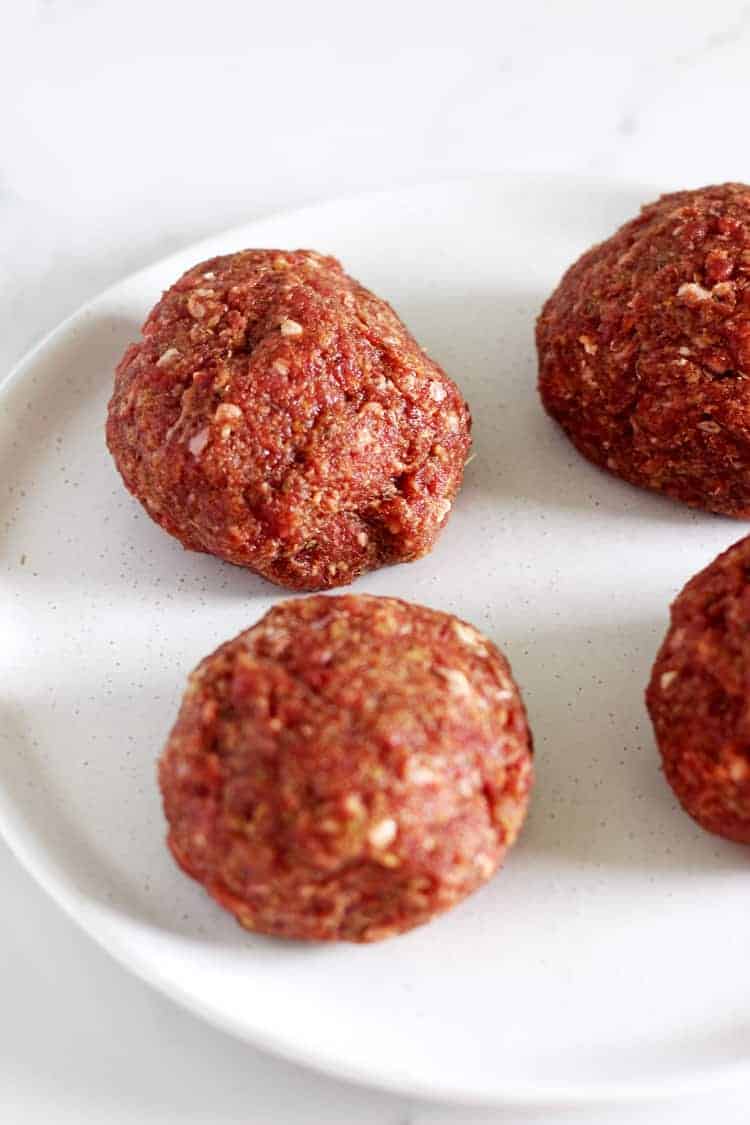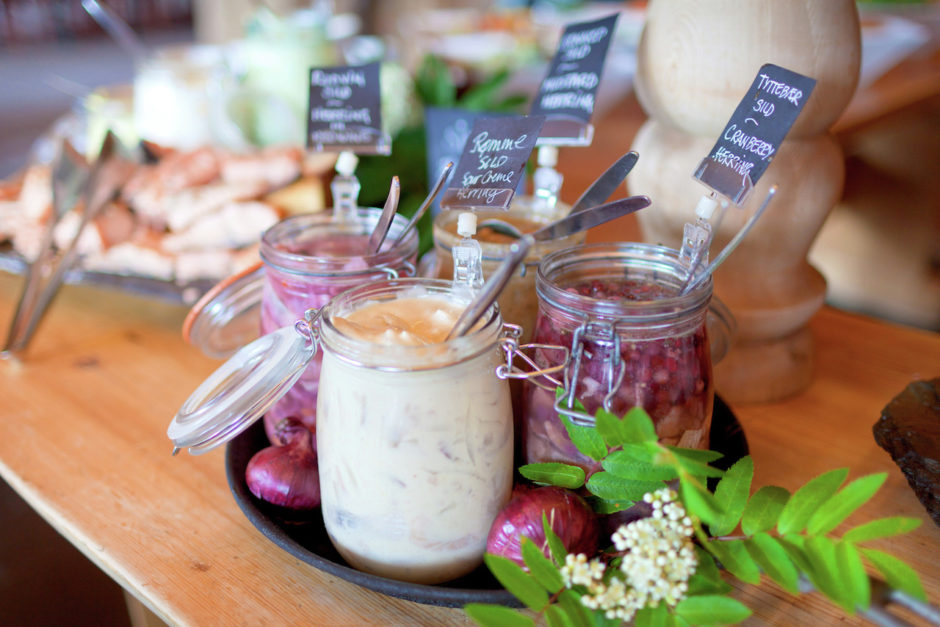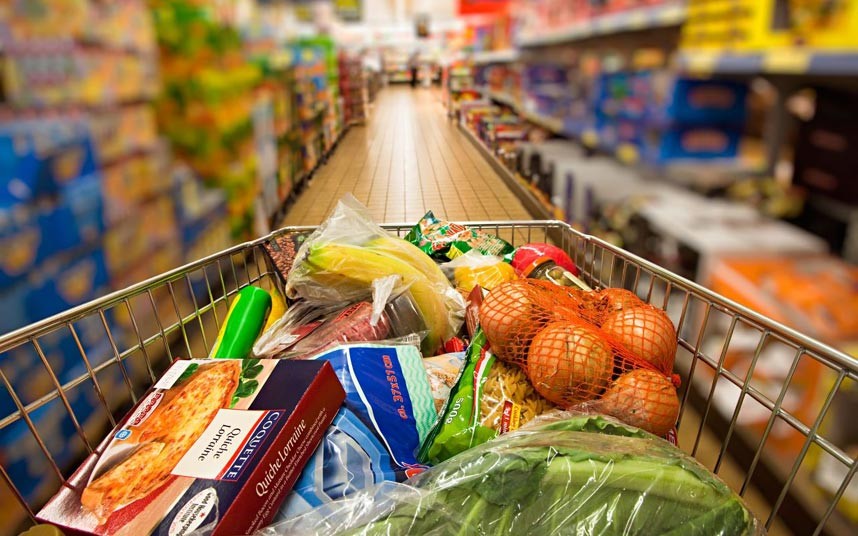 Big supermarkets in Spain. The consumer rights organization OCU has revealed in a new study that 60% of Spanish families choose Mercadona as their favorite supermarket to carry out their bulk shopping. Shoppers are usually guided by the cost of the products that they tend to purchase every week or day. Price is generally the first thing that they look at over other factors such as quality or variety.
Big supermarkets in Spain. The consumer rights organization OCU has revealed in a new study that 60% of Spanish families choose Mercadona as their favorite supermarket to carry out their bulk shopping. Shoppers are usually guided by the cost of the products that they tend to purchase every week or day. Price is generally the first thing that they look at over other factors such as quality or variety.
According to the survey of 5,000 households, SuperCor is valued as the best supermarket due to the quality of their products and the large selection of products to choose from. In spite of that, however, people still tend to opt for the cheapest price, which has been proven in the fact that discount supermarkets, such as Aldi or Lidl, have seen an increase in their market share of customers. I have to say that quality it’s pretty good to.
It has been revealed that Mercadona is the favorite supermarket of 60%, and the majority, of those surveyed, and the one in which they carry out most of their weekly shop.
When opting for which supermarket to use, shoppers will consider factors such as price, variety, quality, comfort and proximity to their home. Lesser considerations include how easy it is to park, whether they can buy everything in the same shop and how easy it is to return unwanted goods.
Whilst tradition has it that all shops are closed on a Sunday and this last day of the week is a day of rest and time to spend with family, a greater number of people are coming round to and in favor of being able to shop on a Sunday or bank holiday. This is particularly noticeable in Madrid, the Balearic Islands, Alicante, Malaga, and Murcia, although 47% of consumers in Asturias, Navarra and Galicia would rule out shopping on a Sunday unless it was an emergency.
The study concludes that while the traditional way of high street shopping is nowhere near as popular as how it used to be (where meat would be purchased from the butcher, fish from the fishmonger, etc.), people still prefer the small high street establishment for their fresh produce.
Out of all those surveyed, 58% still use the bakery for bread, 54% buy their fruit and veg at the greengrocer, and 52% will purchase their meat from the local butcher or the market, which are pleasing statistics for local businesses.
Top 6 Supermarkets in Spain
Spanish supermarkets love to show off their national products like olive oil, wine, fruits, fish, seafood and cured ham. In all 6 supermarkets below you will find a big choice of Spanish Wine, Cheese, and Ham. Best items to celebrate your Spanish holiday!
1. Mercadona supermarket
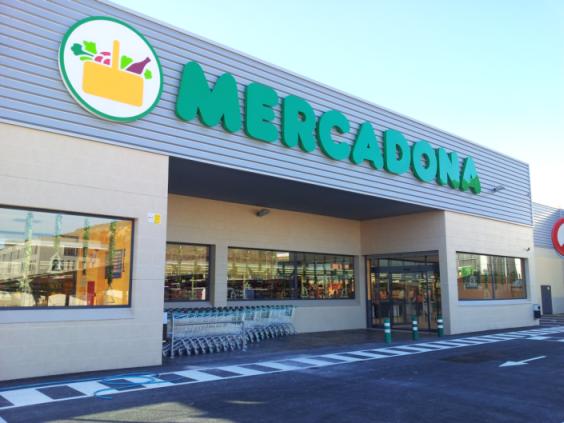
Mercadona is a Spanish family-owned supermarket chain. Francisco Roig Ballester and his wife, Trinidad Alfonso Mocholi, founded the company in 1977, which began as a small butcher shop in Valencia. Juan Roig assumed the role of CEO in 1981 and the company has since expanded nationwide. In the 1990s, Juan Roig oversaw a series of changes companywide and revealed the new façade of Mercadona which was able to compete with its French competitor Carrefour and the co-operative Eroski. Mercadona has locations in 46 provinces of 17 autonomous communities.
Mercadona was ranked the 9th most reputable company in the world in 2009 by the Reputation Institute as listed in Forbes magazine. The main goals of Mercadona are to meet the “food, cleaning, hygiene and pet care needs” and keep product costs low in the process. Mercadona ensures this by buying directly from sellers and eliminating the additional costs of working through a middleman. Mercadona also works to develop trusting relationships with its suppliers in order to regulate low pricing. The supermarket chain works closely with 100 suppliers of its own-brand products, such as Hacendado, Bosque Verde, Deliplus, and Compy, to ensure product selection and quality that can compete with name brands yet cost less.
2. Lidl supermarket
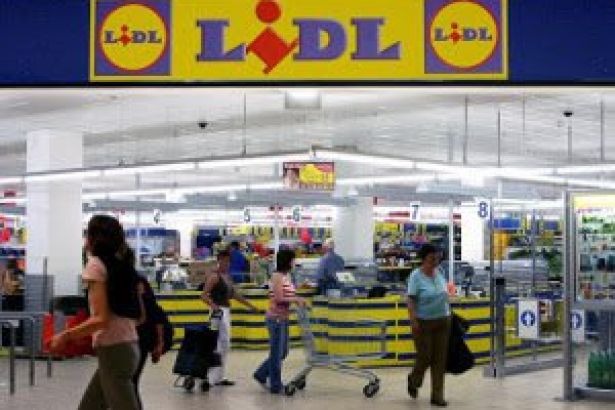
The origins of the company date back to the 30s, when Joseph Schwarz founded the company Lidl & Schwarz, dedicated to the wholesale distribution of food. Years later, the group would be structured into several divisions: Lidl in the supermarket sector and Kaufland and discount Handelshof in the branch of hypermarkets and supermarkets.
During the 70s, Lidl began its consolidation as a discount supermarket chain with stores opening around the German city of Ludwigshafen, his hometown. In the 80s, the company launched a major expansion throughout Germany and in the 90s extended its activity at the European level, becoming in a few years the leading supermarket chain in the sector.
Lidl supermarkets have been awarded the prize of Spain Super 2015, demonstrating the commitment of the brand with quality. Lidl is known for being the leader in the purchase of agricultural products in Spain supermarket. Each week, more than 3 million customers visit Lidl stores to buy the best fresh market produce. It is proximity products, including fresh fruits and vegetables every morning.
Lidl has strict quality controls that ensure their stores to get only the best products, those eligible to fully meet the needs of its customers. Lidl supermarkets in the consumer can find the widest range of beneficial products for your health: gluten-free, low in salt and sustainable farming. Visit the shops Lidl means not only a savings to the customer’s pocket but also the experience of buying healthy products for the whole family.
And thanks to the Lidl store network throughout Europe, visiting supermarkets also be possible if neighboring countries like Portugal, France or Italy traveling, among others.
3. SuperCor supermarket

Superior offer the possibility of buying in a supermarket with a wide variety of products and brands, and of course, with the best quality assurance and the ability to pay by card El Corte Ingles. In Superior centers, you’ll find a wide assortment of more than 9000 food products, Perfumery, drug, … and much more, you will always find everything you need at every moment. Oversee products always available in superior.
Supercor provides a wide variety of brands and formats so you can make the purchase that best suits your needs. In addition to the leading brands in the market, you’ll also find our own brands: Allied, Special Line, and El Corte English, where you will find a wide selection of products with the best value you can find. And in Vecchia toiletries and All Intense brand that gives you everything you need to pamper yourself from head to toe and at a price without competition.
If all this you add all the services that this supermarket offer as Home delivery, personalized service, installment sale … Superior becomes a great idea to be your everyday supermarket.
4. Aldi supermarket

Once upon a time a grocery store in Germany. So the story begins in 1945, when Theo and Karl Albrecht brothers decided to take over the small grocery business his family ran from 1913 in Essen, Germany. Since then, behind that counter, they knew how important it is to know the client to you and give you just what you need at the best price.
Aldi maintains that spirit in every one of the 5,000 stores that have spread throughout the world.
Aldi offers oven-baked products, fresh fruits and veg, the various choice on fish and meat, refrigerated and frozen food, shelves grocery, books, jewelry, cleaning and beauty, drinks, electronics, garden items, ecological and pets products.
5. Carrefour supermarket
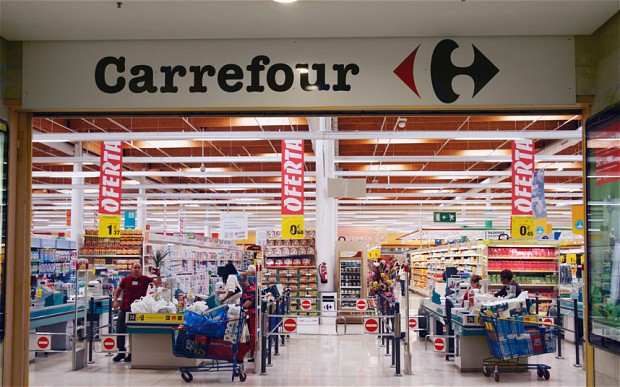
Carrefour is a multinational distribution chain of French origin, being the first European group, a short distance from the net income of German Schwarz Gruppe (matrix Lidl and Makro), and the third world sector. In 2014, the group completes 10,860 stores in 33 countries (10 countries participating), 3360 stores in Europe (excluding France) 5013 stores in France, 830 stores in Latin America and 307 in Asia and 1350 stores in partnership countries.
The company employs around 381,227 people worldwide. More than 5,500 references supply, household cleaning, electronic accessories, and household items, commonly consumed and with the best price/quality ratio.
Carrefour brand products represent 90% of the assortment of own brand of the company and are a large family of consumer products that are constantly enriched with new references that follow consumption trends. Innovation is essential for our customers to have with them a modern, healthy, safe and comfortable offer.
6. Eroski supermarket

Eroski has a different from another socio-business model, the cooperative model, which includes consumers. They want to generate sustainable employment and quality. This supermarket has over 2,000 stores of various formats and businesses, they manage the nearly 38,500 people who make EROSKI. At the same time, they provide a satisfying shopping experience in stores, comfortable and modern.
Eroski represents the best example of a multi-company. Eroski started selling food and shortly after, added textiles, shoes and appliances. Today Eroski also have travel offices, sports shops, perfumeries, opticians, gas, insurance, mobile phone. Corporate responsibility should make consistent growth and value creation, contribute to social development were settled and do it with the least possible environmental impact.
In Eroski you find all kinds of foods, fish, meat, fresh vegetables and fruits, freshly made bread and cakes. A big choice of health and beauty products. Electro domestics, clothes department, books, garden items, everything you need for pets and much more.


